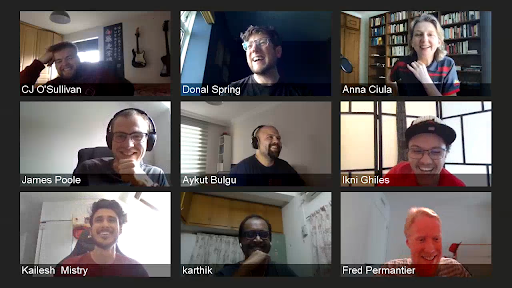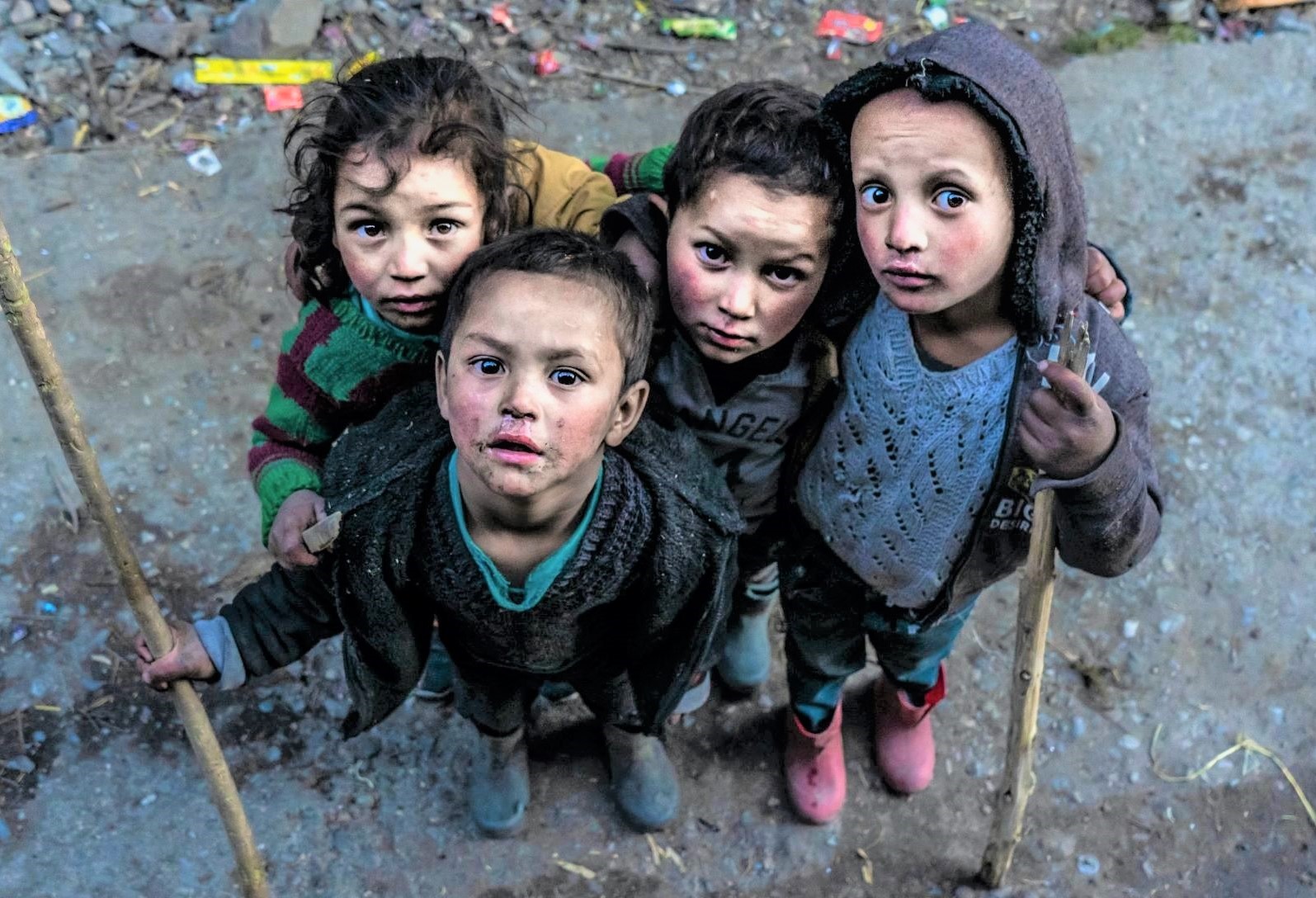
The World Health Organization (WHO) has never been more in the news than during the Covid-10 pandemic. The agency found itself at the centre of a global maelstrom as scrutiny focused tightly on political and organisational responses to the virus’s outbreak – both by the organisation and its stakeholders.
Yet amid a tumultuous year dominated by the pandemic, the specialist United Nations organisation has also been quietly building a hugely ambitious public health education platform for WHO Academy: a new learning centre that is launching its first courses in May 2021, and which that will “apply the latest technologies and adult learning science” with the aim of bringing a self-described lifelong learning revolution to the health sector – including via a sweeping array of remote learning courses designed to be practical and real world-applicable.
This isn't just about ‘watch a video, do a quiz.’ This is about.. building competency that helps you save livesDr Tana Wuliji, World Health Organization
This new WHO Academy aims to reach 10 million learners around the world by 2023, including via a remote learning platform that is being built firmly on open source foundations by the WHO’s Information Management and Technology team.
It’s a challenging project: as senior programme leader Bharath Kumar tells The Stack: “The platform needs to work in a range of environments: whether it is a remote location with very basic infrastructure, or a ‘high end’ environment where you have very good Wi-Fi and high connectivity.”
For scalability and useability, the team wants to have a unified approach to the back-end that can power courses ranging from tiny file downloads for remote areas with minimal connectivity, all the way through to the possibility of AR-based training sessions in future for regions with the capabilities and infrastructure to support them.

Help hitting the "Triple Billion"
The organisation hopes that the WHO Academy will help it meet its “Triple Billion” target: one billion more people benefitting from universal health coverage; one billion more people better protected from health emergencies; one billion people more enjoying better health and well-being.

But the focus is firmly on real skills. As Dr Tana Wuliji -- who is leading an interdisciplinary team across eight workstreams to build the programme -- tells The Stack frankly: “This isn't just about ‘watch a video, do a quiz.’
She adds: "This is about a place where you can hone your skills, build competency so that you can… improve lives and save lives.
100 courses by 2023
“By 2023 we're aiming to have 100 courses on the platform – and these are blockbuster courses. Just to give you an idea, one course is everything you need in your midwifery toolkit to be able to assess the pregnant woman, to be able to deliver her safely, take care of a newborn.
The health workforce expert, who is leading course coordination for the WHO adds: "Right now, we have 14 courses in production. We'll be starting production of another 10 from January. The goal is on an annual basis that we will be producing 40 big courses like this every year. These will be on very concrete things around child health, maternal health; but also other areas such as climate change and health for policy makers.”
>> Follow The Stack on LinkedIn for all the latest, and to connect with our team <<
The course development efforts are a multifaceted thing, Dr Wuliji is keen to emphasise: “The WHO has some of the world's leading experts on different areas. We're bringing them in to the WHO Academy so that they have time dedicated to work with us on developing these courses.
"We provide the know-how on how to design and package and offer learning; they provide the subject matter expertise. It's a great cross-functional team. We're able to build together, take an agile development approach and get something out co-designed with the audiences in mind.
"Just last week we had a hackathon with pharmacists around the world, kicking off the co-design process for a course for pharmacists that's going to be launched at the end of this month on sexual reproductive health.”

WHO Academy – The software build
Talking of hackathons, while the WHO has a technology team, it is not traditionally in the business of building software. To build remote courses -- heavily reliant on applications -- it needs to do just that.
It got an early taste this year with development of the "WHO Academy" application which launched in May and which the WHO's team says involved too much unscalable manual work.
In a bid to build on this experience, the WHO set up an eight-week virtual residency with Red Hat Open Innovation Labs (an immersive "residency" with the software company for organisations seeking to modernise their application development processes).
The aim was to brainstorm a scalable, DevOps-ready infrastructure to underpin development of Academy’s remote learning courses, and support the WHO's its ability to test builds, analyse code, and run data visualisation. The WHO also needs to build the platform around open source foundations to avoid the risk of vendor lock-in and to offer the full transparency and compliance that policy makers in other countries may require to roll out the platform. (Open source gives the WHO the ability to point sceptical policy makers in any of its 194 member states at a transparent code base).
That collaboration resulted in it settling on a container-based model that relies heavily on Kubernetes and Red Hat's developer toolkit OpenShift; an eclectic package of tools for those wanting to build applications that run in containers. (Containers decouple applications from the environment they run in; packaging up code and all its dependencies so the application runs reliably across any computing environment – whether that’s in an on-premises data centre, the public cloud, or indeed a developer’s laptop; they can, in short, be “written once and run anywhere.”)
CodeReady Workspaces: WHO Academy team tap in-browser IDE
The WHO's developer team are also tapping “CodeReady Workspaces” -- a “zero-configuration” development environment for developers creating container-based apps. CodeReady Workspaces (built in large part on the open source Eclipse Che project), provides an “Integrated Development Environment” (IDE) that can run in-browser, with support for Microsoft Visual Studio Code extensions.
To use it, developers need only a machine capable of running a web browser to code, build, test, and run. And cleverly, for environments that have limited or no access to the public internet, CodeReady Workspaces can be downloaded, scanned, and moved into secure environments; it doesn't need to “call back” to public internet services.
As Hans Roth, Red Hat's General Manager of Global Services, noted in an earlier canned statement: it was "was an honor to work with the WHO on developing an open source platform that has the potential to shape how the world responds not only to the COVID crisis, but to future healthcare adversity." He added: "The agency has created a robust DevOps platform that can more efficiently provide knowledge to healthcare professionals around the world.”
The course development and platform development teams now need to work hand-in-glove to make the courses work smoothly for end-users, irrespective of their computing environment; this is likely to mean packaging them up in a wide range of different ways for consumption at the coal-face of healthcare workers. (A substantial chunk of the courses will also be aimed at policy makers.)
As the WHOs Bharath tells The Stack: "For us, the challenge is can we have levels of courses where -- depending on location on your connectivity -- we can kind of optimise the course delivery."
It's a not inconsiderable challenge and the clock is ticking. But the WHO's team seems to be focussed on the challenge and enthused by the new development tools that can hopefully make implementation and distribution of the courses easy -- allowing the focus to be primarily on ensuring the courses themselves are engaging and effective. Multiple user groups are testing both platform and courses of different categories and the workflow is growing.
But as Dr Wuliji puts it: "We're trying to speed and scale health impact
"Right now, it takes anywhere between 10 and 17 years to put in place the things that we know from science are good for health in terms of policy systems. Obviously we would love to see that reduced down to as short an implementation time as possible -- especially since every three months the science in health is doubling, so it's getting harder and harder for people to stay up to date with that. Digital learning is obviously going to be key and that's where the platform comes in.
"We're really putting in place a range of different approaches to reach learners wherever they are, even in the most hard to reach places. We're developing a portable learning lab for that purpose.
"Because we're sadly seeing that decades of hard-won gains in health are being peeled back owing to Covid-19.
"Tne need to support health workers who are trying to take care of others and improve their own health is really urgent. And the need for the academy is stronger, much more now than it was when we started working on this program two years ago."
